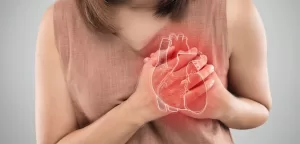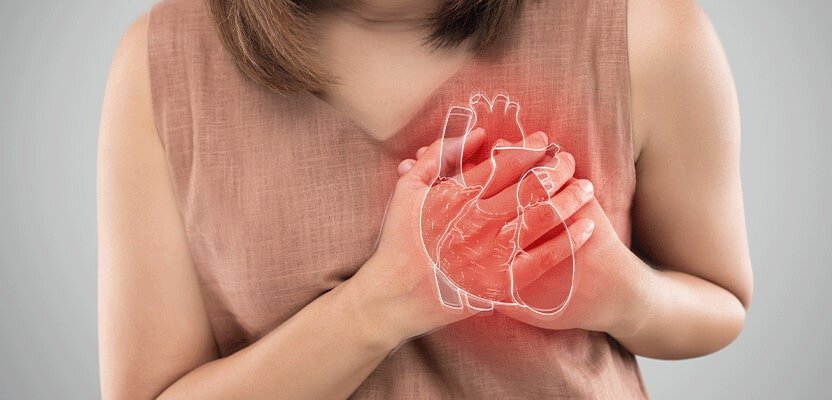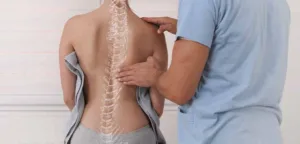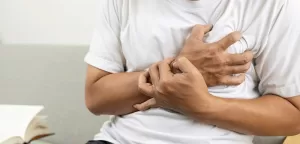+90 533 813 89 77
info@bookingforhealth.com

Paediatric Congenital Heart Disease

What is Paediatric Congenital Heart Disease?
Pediatric congenital heart disease (CHD) is a type of heart condition present at birth. It affects the structure of the heart and blood vessels and can range from simple to complex. Congenital heart diseases are the most common type of birth defect and can occur in isolation or combination with other congenital anomalies. These diseases can affect the way blood flows through the heart and to the body, which can lead to symptoms such as difficulty breathing, poor feeding, fatigue, and heart murmur.
The causes of most congenital heart diseases are unknown, but some risk factors include certain genetic disorders, certain medications taken during pregnancy, and certain viral infections during pregnancy.
Pediatric CHD requires a specialized diagnosis, care, and treatment by a pediatric cardiologist and a multidisciplinary team that includes pediatric surgeons, anesthesiologists, nurses, and social workers. The treatment options may include surgery, catheterization procedures, medications, and lifestyle changes. The prognosis for children with congenital heart disease varies depending on the type and severity of the condition. Regular follow-up care with a cardiologist is crucial to monitor for potential complications and to make any necessary adjustments to treatment.
What are the Symptoms of Paediatric Congenital Heart Disease?
Symptoms of pediatric congenital heart disease (CHD) can vary depending on the type of CHD and the severity of the condition.
A bluish tint to the skin, lips, and nails caused by a lack of oxygen in the blood, difficulty breathing, rapid breathing or shortness of breath, especially during feeding or activity, fatigue or malnutrition, an unusual sound heard when a doctor listens to the heart with a stethoscope, swelling of the legs, feet or abdomen, weight loss, chest pain or discomfort are among the most common symptoms.
It is important to remember that some children with CHD may not show any symptoms, especially if the condition is mild. Therefore, many cases of CHD are detected during a prenatal ultrasound, at birth, or during a routine check-up. If you suspect your child has CHD, or if your child has been diagnosed with CHD, it is important to seek evaluation and treatment from a pediatric cardiologist as soon as possible.

How are Paediatric Congenital Heart Diseases Treated?
Treatment for pediatric congenital heart disease (CHD) can vary depending on the type of CHD and the severity of the condition.
- Surgery: Many types of CHD can be treated with surgery, such as open-heart surgery or catheter-based procedures. Surgery may be used to repair or replace damaged or abnormal structures in the heart, to improve the flow of blood through the heart, or to close holes in the heart.
- Medications: Some CHD can be treated with medications to help manage symptoms, such as heart failure or arrhythmias.
- Catheter-based Procedures: Some CHD can be treated using catheter-based procedures, such as balloon dilation or stent placement, which are less invasive than surgery.
- Lifestyle Changes: Children with CHD may need to make lifestyle changes, such as avoiding certain activities, taking medications as prescribed, and following a healthy diet and exercise plan.
- Monitoring: Some CHD may not require any treatment, but regular monitoring is needed to ensure that the condition is not progressing.
The treatment plan will be tailored to the specific needs of each child and will be developed by a team of pediatric cardiologists, surgeons, anesthesiologists, nurses, and social workers. The goal of treatment is to improve the quality of life for the child and to prevent or delay the onset of serious complications. It’s important to note that some children with CHD may need multiple surgeries and procedures throughout their life, and regular follow-up care is necessary to ensure the best possible outcome and to make any necessary adjustments to treatment.
What is the Recovery Process for Paediatric Congenital Heart Disease?
The recovery process for pediatric congenital heart disease (CHD) varies depending on the type of surgery or procedure performed and the child’s overall health. However, in general, the recovery process involves a combination of rest, physical therapy, and rehabilitation exercises.
Immediately after surgery, the focus is on controlling pain, managing swelling, and preventing complications such as infections, blood clots, and bleeding. The child may be prescribed pain medication and may be closely monitored by the medical team in the intensive care unit (ICU) or a cardiac step-down unit.
As the child begins to heal, the focus shifts to regaining strength, range of motion, and function. Physical therapy and rehabilitation exercises are typically prescribed to help the child regain strength and flexibility in the affected area. The therapy may include exercises to improve range of motion, strength, and endurance.
After the child is discharged from the hospital, the child’s cardiologist will provide a plan for follow-up care, which may include regularly scheduled appointments, medications, and lifestyle recommendations. The child may also need to limit certain activities until they have fully recovered.
The length of recovery and rehabilitation period depends on the type of surgery, the child’s overall health, and the child’s commitment to the rehabilitation process. Some children may be able to return to their normal activities within a few weeks, while others may take several months to fully recover. It’s important to follow the cardiologist’s instructions and the physical therapist’s plan to ensure the best possible outcome and to avoid complications or re-injury.
Pediatric Heart Surgery: Operation and Aftercare
Pediatric cardiac surgery operations are performed by expert surgeons and experienced teams in high-tech and safe surgical environments. These operations are important interventions that allow children to lead a healthy life. The advanced technology devices and methods used during the operations are designed to minimize the risk of complications.
After the operation, a careful maintenance process is required. An intensive and expert care process is applied to ensure that children recover quickly and reduce the risk of complications. In this process, a personalized treatment plan is created by taking into account many factors such as length of hospital stay, medication use, diet and activity levels.



